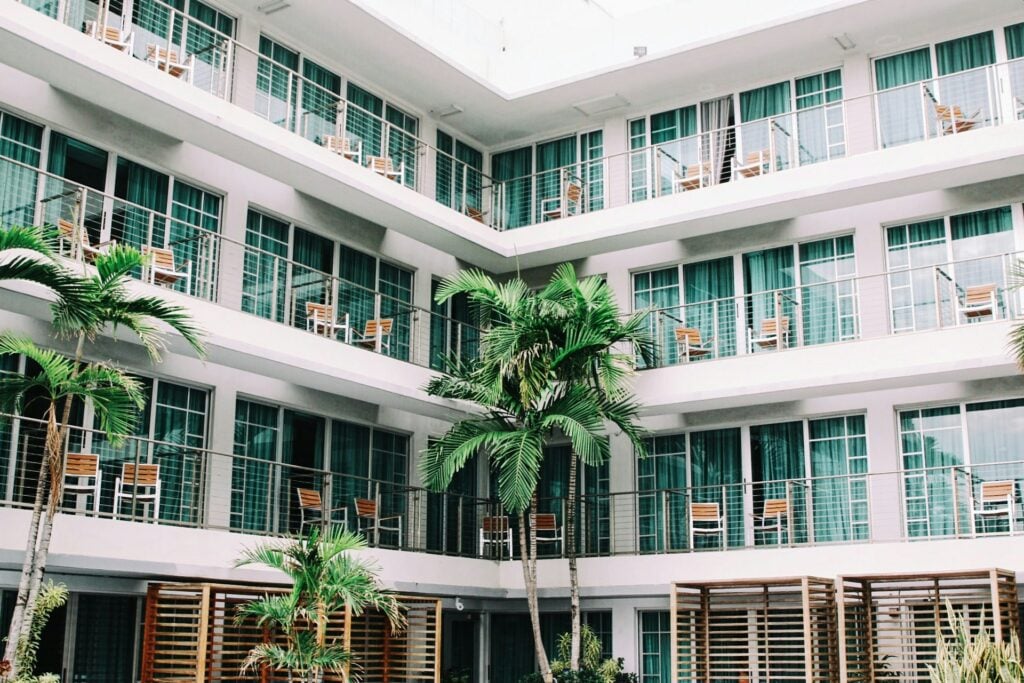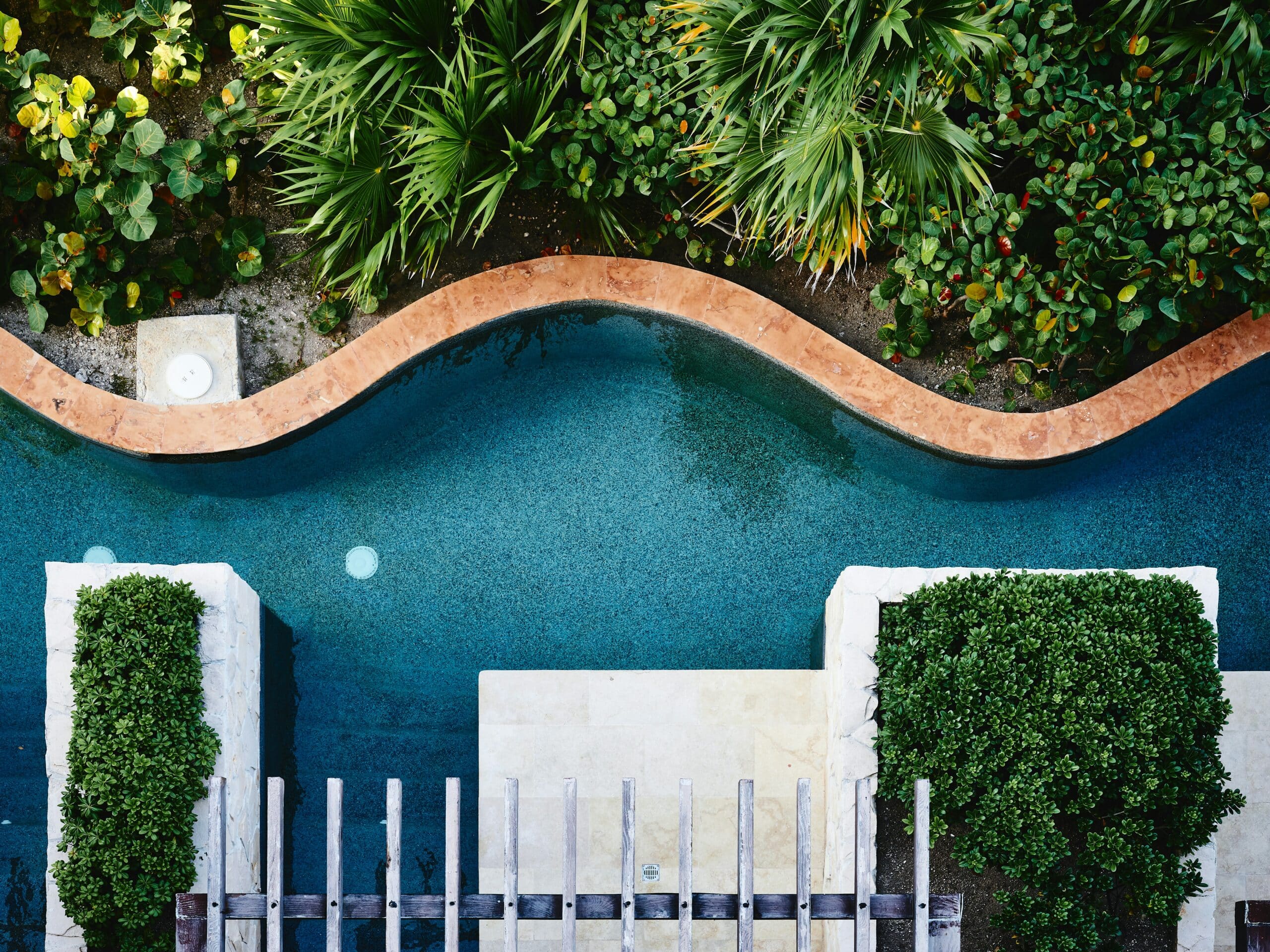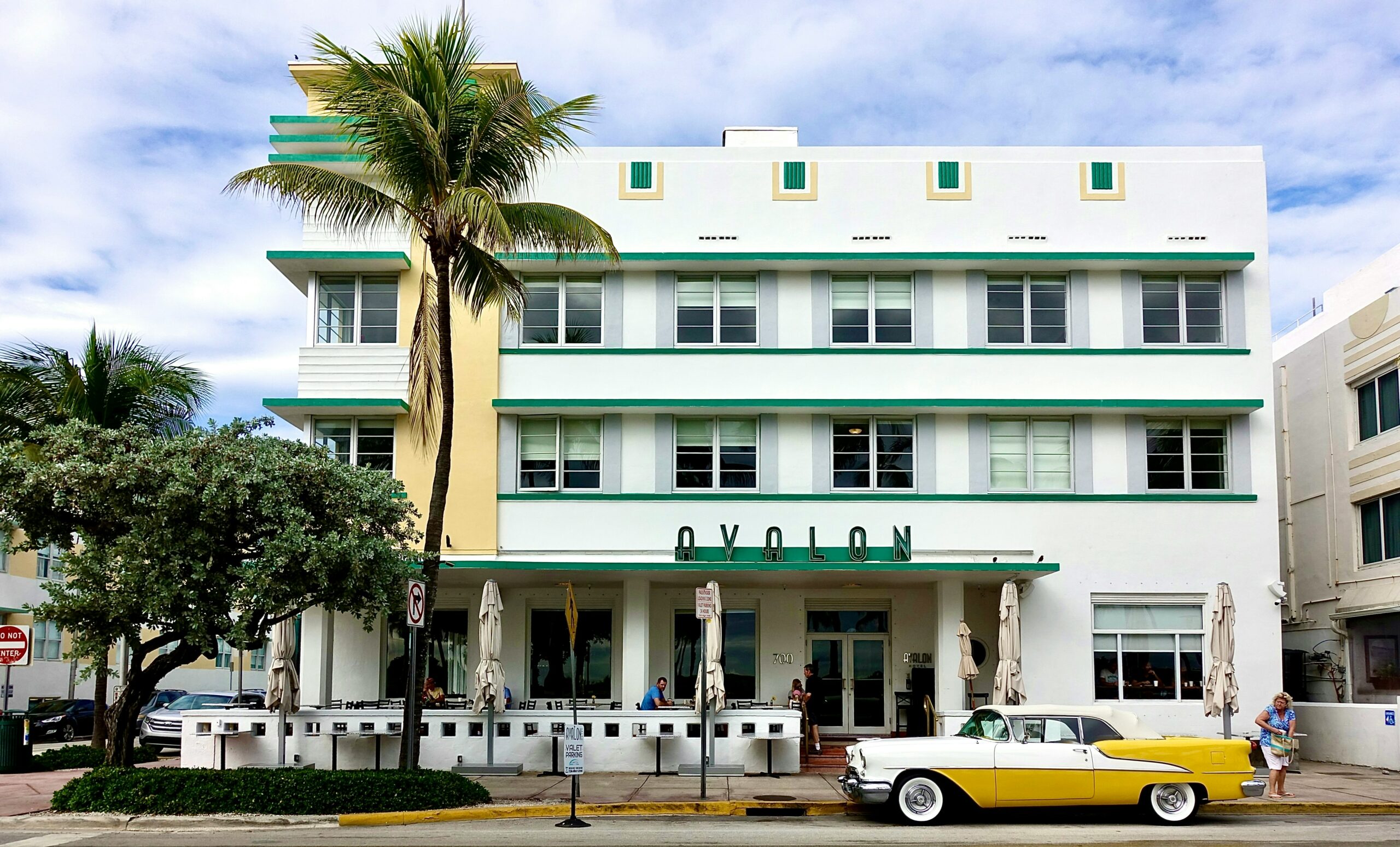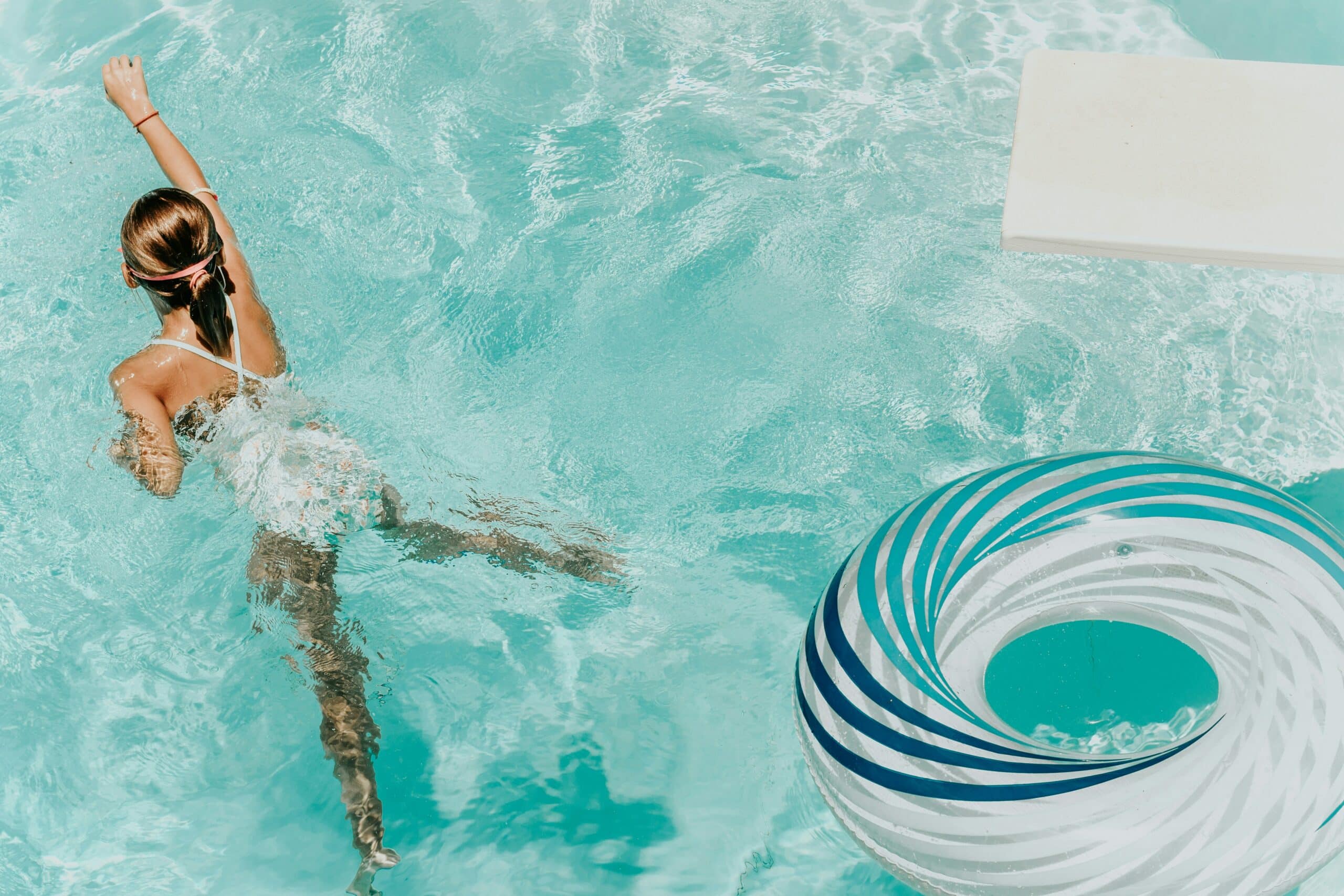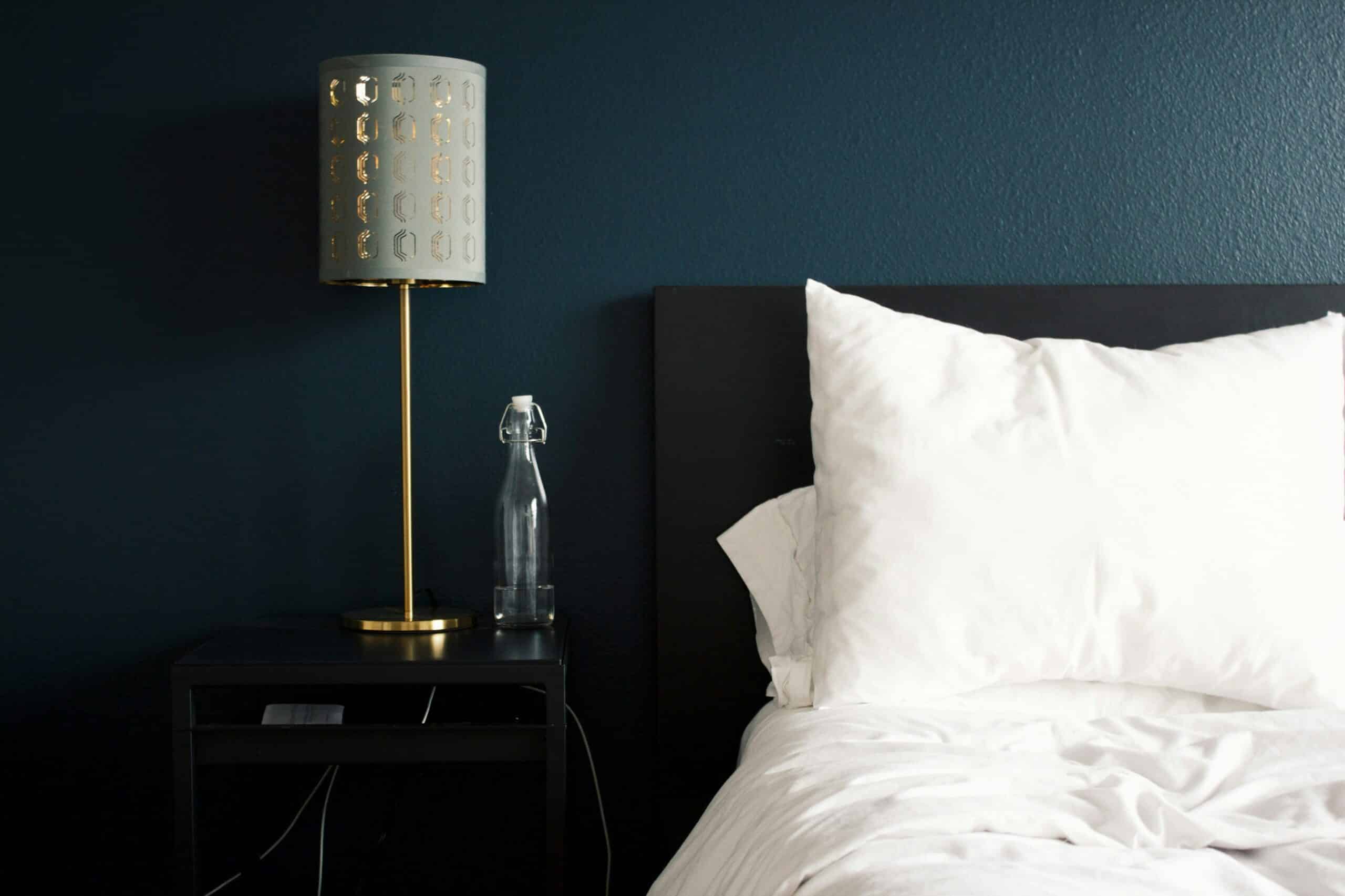Today’s travelers are no longer content with a typical getaway; they’re on the hunt for unforgettable experiences, and these experiences often start with a captivating online image. With 68% of tourism and travel sales happening online, a figure expected to climb to 74% by 2027, the visual appeal of a hotel is pivotal in swaying potential guests. This makes professional hotel photography indispensable, as it captures and communicates the unique experiences that guests seek, serving as a vital tool for drawing in and engaging customers.
In this guide, you’ll discover essential hotel photography tips to ensure your images not only highlight the property’s best features but also resonate with travelers, making your clients’ hotels stand out in a crowded market.
Why Professional Hotel Photography Matters
In 2023, the global market for hotels and resorts reached an impressive $1.5 trillion, making the competition to stand out as a premier destination not just tough, but fiercely competitive. With countless options at travelers’ fingertips, how can a commercial property like a hotel make a memorable first impression?
This is where expert hotel photographers set themselves apart.
As photographers, your role goes far beyond merely documenting a space. When shooting a hotel location, you need to evoke the emotions and experiences that guests crave. From the grandeur of the lobby to the cozy charm of a guest room and the luxury amenities in the bathroom, each shot should tell a compelling story that entices and excites potential guests.
The goal is to make online viewers feel as though they are already experiencing the property, creating a sense of anticipation and desire that compels them to click “book” and secure their stay.
Hotel Photography Tips for Every Booking

Understand the Property’s Unique Selling Points
Before you even pick up your camera, it’s crucial to fully grasp what makes the hotel unique. This foundational understanding will guide your entire photography approach and ensure that your images resonate with potential guests. Here’s how you can delve into this process effectively:
1. Identify Key Features
Start by identifying the hotel’s key features and unique selling points. What makes this property stand out? Is it the historic charm of an old mansion, the sleek and modern design of a new high-rise, or the serene, panoramic views from a mountaintop retreat?
For example, a boutique hotel with a vintage design might benefit from close-up shots of ornate furniture and detailed décor, while a luxury resort with breathtaking ocean views might require wide-angle shots to capture the expansive vistas.
Ask yourself:
- What is the primary attraction for guests?
- What elements are consistently highlighted in the hotel’s marketing materials?
2. Engage with Hotel Staff and Management
Communicate with the hotel staff or management to gather insights into their vision and expectations. They can provide valuable information about what aspects of the property they believe are most appealing to guests. This could include details about the hotel’s history, the story behind its design, or special amenities that differentiate it from competitors.
Consider asking:
- What feedback have you received from past guests about their favorite features?
- Are there any upcoming events or promotions that should be highlighted in the shoot?
3. Focus on the Experience
Beyond physical features, understand the kind of experience the hotel aims to provide. For example, if the hotel prides itself on offering a luxurious, relaxing getaway, focus on elements that emphasize comfort and indulgence, such as plush bedding, spa facilities, or serene lounge areas.
Ask yourself:
- How can you visually represent the atmosphere and mood of the hotel?
- Are there specific moments or activities that capture the essence of the guest experience?
Celebrate the Design Flair of the Hotel
Every hotel has unique design elements that define its character, and as a photographer, it’s your role to showcase these features in a way that highlights the hotel’s style and atmosphere.
Begin by pinpointing what makes the hotel special. For a historic property, look for intricate details like decorative moldings, antique furnishings, or grand chandeliers. Close-up shots of these elements can reveal their craftsmanship and evoke a sense of nostalgia.
Modern hotels often boast minimalist design with clean lines and open spaces. Here, your approach should focus on wide-angle shots that emphasize the hotel’s sleek, uncluttered interiors. Showcase the interplay of light and space, capturing how natural light floods through floor-to-ceiling windows or how the simplicity of modern furniture creates an inviting atmosphere.
Consider the Hotel’s Brand Identity
Imagine the hotel as a story waiting to be told through your lens. If the hotel is all about luxury and exclusivity, think about how you can capture that sense of opulence. Are there elegant furnishings, upscale amenities, or sophisticated décor elements that can be highlighted? Use lighting and composition to evoke an atmosphere of refinement—how can your images communicate that high-end experience and promise of comfort?
On the flip side, if the hotel prides itself on being eco-friendly and sustainable, your approach will differ. What green spaces or eco-friendly features can you spotlight? Consider capturing the lush gardens or rooftop terraces, and don’t forget to photograph amenities that support sustainability, such as recycling stations or energy-efficient lighting.
And what if the hotel is a haven for families? Your focus should shift to elements that make the property appealing to guests of all ages. Are there family suites with ample space and playful features? How about capturing kids enjoying the pool or engaging in fun activities? By aligning your photos with the hotel’s brand identity, you’ll help potential guests envision themselves at the property, experiencing exactly what the hotel promises.

5 Hotel Photography Tips for High-Quality Shots
Tip #1:
Style the bed with plush pillows, a neatly arranged throw, and crisp linens. Shoot from an angle that shows the entire bed and surrounding décor to emphasize comfort and luxury. Since the guest room is where travelers will unwind, these shots should convey a sense of relaxation and elegance, making the space inviting and desirable.
Tip #2:
Focus on the luxury elements of the bathroom, such as a freestanding tub, high-end toiletries, or a spacious walk-in shower. Use close-up shots to capture the texture of bath products and fixtures. While not every hotel bathroom will have all these features, emphasize the details that travelers appreciate, like double sinks, large vanities, or private, enclosed toilets.
Tip #3:
If the hotel offers a stunning view, such as a city skyline or oceanfront, frame the window or balcony to include both the view and the room’s interior. Use a tripod to capture a crisp image, especially during dusk or dawn. Because the view or location of a hotel often attracts travelers, it’s essential to highlight this feature effectively.
Tip #4:
Capture the ambiance of common areas by using wide-angle shots to showcase the full space. For example, if the hotel has a stylish lounge or lobby, shoot from a corner to capture the layout, furnishings, and overall atmosphere. Pay attention to details like lighting and decor, and consider including people in the shots to add life and context, demonstrating how the space is used and enjoyed by guests.
Tip #5:
Highlight signature features of the hotel by getting creative with angles and composition. If the hotel boasts a distinctive architectural detail, such as a grand staircase or a unique piece of artwork, photograph it from various perspectives to showcase its impact. Use different lighting techniques to accentuate textures and colors, ensuring that these standout elements are prominently featured in your images.
For more hotel photography tips, head over to HomeJab’s photography resources page!

